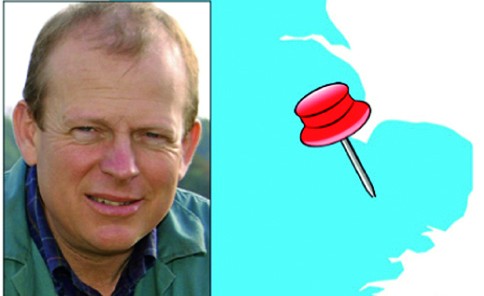In what was perfect timing – although the team at home might disagree – the harsh sting in winter’s tail last month coincided neatly with the Fram Farmers Pig Feed Buying Group’s second tour to Australia.
The prospect of this trip kept me going throughout winter and the long-running biennial site move, so with a spring in our step, seven of us fled from one extreme to the other – from sub-zero temperatures and snow to the high 30o Cs and arid conditions.
Also, topically, we went from a rather heavily subsidised agricultural sector (with some honourable exceptions, of course) to one that’s totally unsubsidised but almost as heavily regulated.
Having visited Western Australia two years ago, this year’s trip took in New South Wales. We flew into Melbourne and the southern part of the territory, where we visited a totally integrated pig operation with feed mill, pig production and processing, all within a relatively close area near the Murray River.
Up next, we saw a 3,000ha unirrigated arable operation, which pioneers summer cropping in the area as well as having the normal winter cropping, enabled by the extensive use of soil moisture probes to give detailed hard data on soil conditions.
Our route took us almost past the gate of Pig World columnist Neil Unger to an evening meeting with people from the Department of Primary Industries, learning about our respective pig sectors and wider agriculture.
Up in the drought-struck Hunter River valley, an outdoor breeding unit, a dairy farm, a thoroughbred racehorse stud, an olive farm and even a camel milk producer all provided excellent visits.
The river theme continued with the final agricultural visits on the Hawkesbury River valley, near Sydney, where the free range finishing part of the previously visited breeding operation was located – handy for the premium restaurant trade where nearly all of the meat is consumed.
The outstanding part of the trip was the very generous hospitality wherever we went, with special mention of Matt and Sue and their family. Another thing that will be hard to forget is the irrigation in pig paddocks, helping to keep the pigs cool as well as helping maintain ground cover.
At home, production levels have taken a quantum leap forward following a change in PRRS vaccination strategy from once a parity to blanket herd vaccination via Idal guns, which started in September.
There is a little way to go to get to previous levels, but it is within grasping distance, which is just as well now that prices have fallen.




